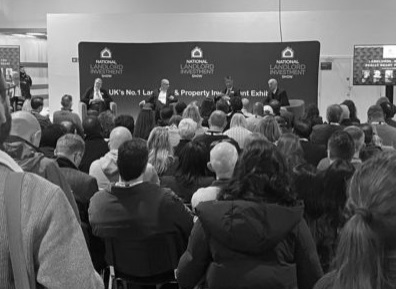Despite the widening supply-demand imbalance in the private rented sector, it is now generally more affordable to rent a property with costs increasing below the level of earnings growth, the latest report from Zoopla shows.
Average rents increased by 2.6% to hit £886 per calendar month (pcm) at the end of 2019, and although this is the highest rate in three years, it remains below the annual growth in average earnings, which stands at 3.8%, according to the ONS.
Consequently, the typical renter now spends 31.8% of their earnings on rent, down from a peak of 33.3% in 2016, according to the analysis of trends in rents and rental affordability including a rental index powered by Hometrack.
With Zoopla recording a 4% drop in the supply of homes coming to the market for rent, coupled with an 8% increase in rental demand over 2019, there has unsurprisingly been upward pressure on rental values, albeit at below the growth in average earning.
Richard Donnell, research and insight director at Zoopla, commented: “The scope for landlords to increase rents is greater when earnings are rising faster than rents and this has been the case for the last three years. The positive news for renters is that the growth in rents is running below the growth in average earnings.”
At a city level rental growth varies from +5.8% in Nottingham to -2.9% in Aberdeen.
There are three cities where rents are rising above +5% - York, Bristol and Nottingham, which all have below average levels of homes for rent when compared to the national average.
In contrast, there are three cities where rents are falling – Aberdeen, Middlesbrough and Coventry.
Rents in London fell over 2017 and 2018 on weaker demand, but they are now increasing by +2.8% - the highest rate for almost four years, owed largely to a 20% drop in housing supply in the PRS over the last two years.
Donnell added: “A lack of supply and real wage growth is behind the increase in average rents across the country over 2019.
“New investment by landlords has fallen since the introduction of tax changes in 2016 and this has been felt most keenly in southern England where property values are highest and yields lowest. This is creating scarcity and explains why rents are rising in the face of increased rental demand as levels of employment continue to grow.”
Over the last decade, average rents have grown from £700pcm to £886pcm today, an increase of 27%, in line with the growth in average earnings over the same period (26%).
The highest growth city is Edinburgh, where rents have grown by 50% (an annual average of 4.2%), followed by Bristol (45%) and Coventry (45%).
Donnell believes there is room for further growth.
He continued: “We expect the acceleration in rental growth to moderate over the first half of 2019, which is typically a period of slower rental market activity. We expect rents to increase by 3.5% over 2020 as a lack of supply supports faster growth.
“With further policy changes expected from the Government to provide more security of tenure for renters we expect the supply of rented homes to remain constrained, which will support rental growth over 2020. With robust earnings growth, the impact on rental affordability will be muted.”
We're excited to announce that we're working on building a shiny new website for readers of Landlord Today! As part of this process, commenting on articles will be temporarily disabled. We look forward to sharing our new and improved Landlord Today website with you shortly!





.jpg)


.png)

(1).png)







.jpg)





